Countries Born In The 21st Century
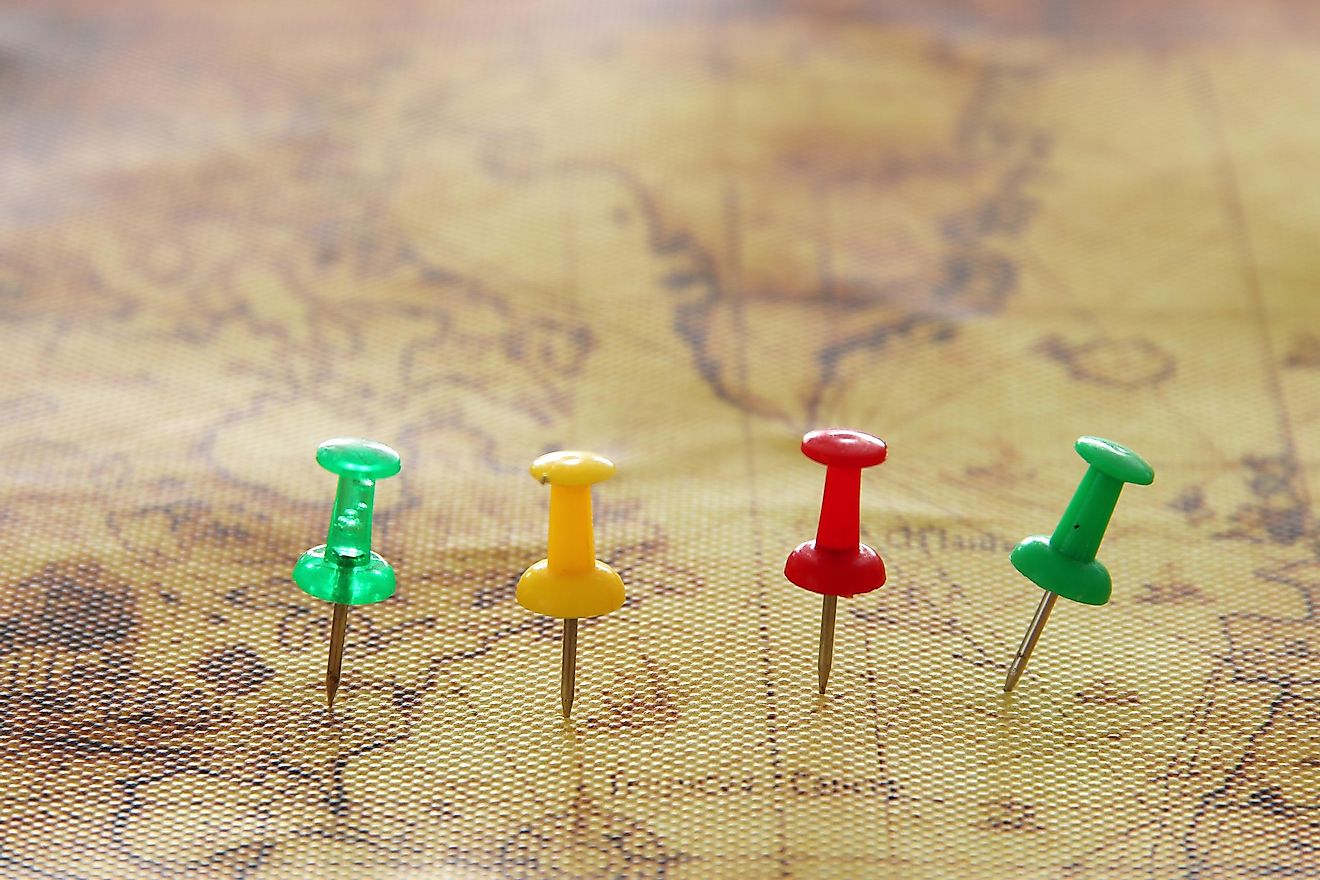
- South Sudan, Kosovo, Serbia, Montenegro and East Timor became independent states in this century.
- Since the year 1900, 34 new countries have been formed.
- The oldest country in the world is San Morino, also one of the smallest nations on Earth.
While many of the world's nations have been around for centuries, some have formed in just the past two decades, as country states declared independence and developed their own national borders. These are five of the world's most recently born countries, founded since 2000.
South Sudan
Northeast Africa's South Sudan, also referred to as Southern Sudan, is the newest country on the list, formed just eight years ago after separating from Sudan, to the north, on July 9, 2011. It was made up of Sudan's ten most southern states and has become known as one of the most diverse countries in Africa with more than 60 ethnic groups.
The fight to become an independent nation lasted for decades, rooted largely in cultural and religious discrepancies. South Sudan's population is made up of African cultures adhering to Christian or animist beliefs, whereas Sudan's government is chiefly Muslim and Arab. Once independence was established, tensions continued to rise between South Sudan and neighboring Sudan over currency, trade, and oil revenue-sharing. The issue of border demarcation nearly brought the two countries to war on more than one occasion.
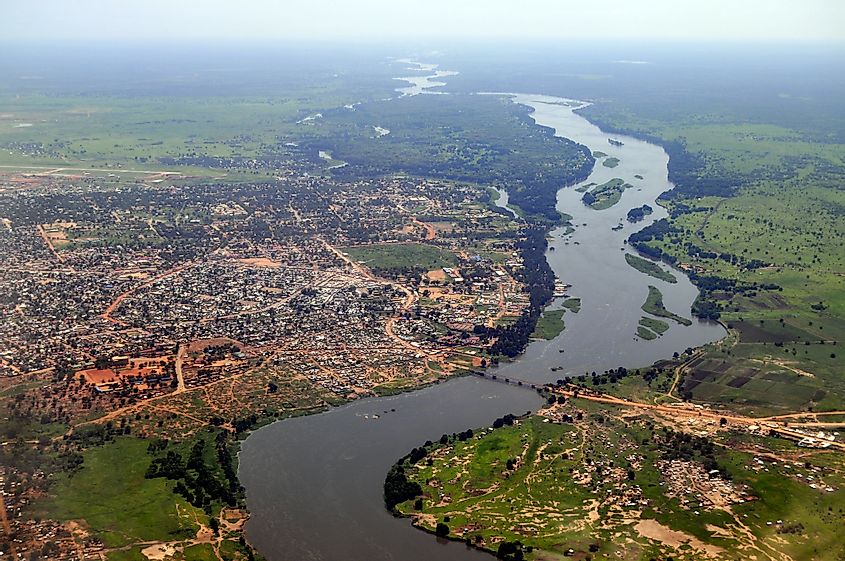
Though South Sudan won its emancipation from Sudan, it has been enwrapped in civil war since shortly after its second birthday, when the president and vice-president had a falling out. Escalating ethnic violence and rebel activity have plagued the country and stirred tensions among its citizens.
Kosovo
Once part of the former Yugoslavia, Kosova took its independence from Serbia on February 17, 2008. Its fight for sovereignty began more than a century ago, when Serbia separated from the Ottoman Empire, regaining control of Kosovo in 1912 after the First Balkan War. That control was lost during the First World War, in 1915, then later regained. After World War II, Yugoslavia gave Kosovo status as an autonomous region, and in 1974 it was granted status as a socialist autonomous province within Serbia.
By 1981, riots had broken out with Kosovo Albanians fighting for the province to be given full republic status. In 1989, Slobodan Milosevic, who had won power in Belgrade and became leader of the Serbian Republic, eliminated Kosovo's autonomy and imposed direct rule. Kosovo Albanians began peaceful resistance efforts in the early 1990s and when it failed to effect change the Kosovo Liberation Army (KLA), n ethnic Albanian guerilla organization, was formed in 1996. Milosevic reacted in 1998 with brutal police and military action against the KLA and civilians, and his refusal to halt the campaign resulted in a NATO military response to end the violence, including 78 days of bombing in 1999 that ended with Kosovo being placed under the administration of the United Nations.
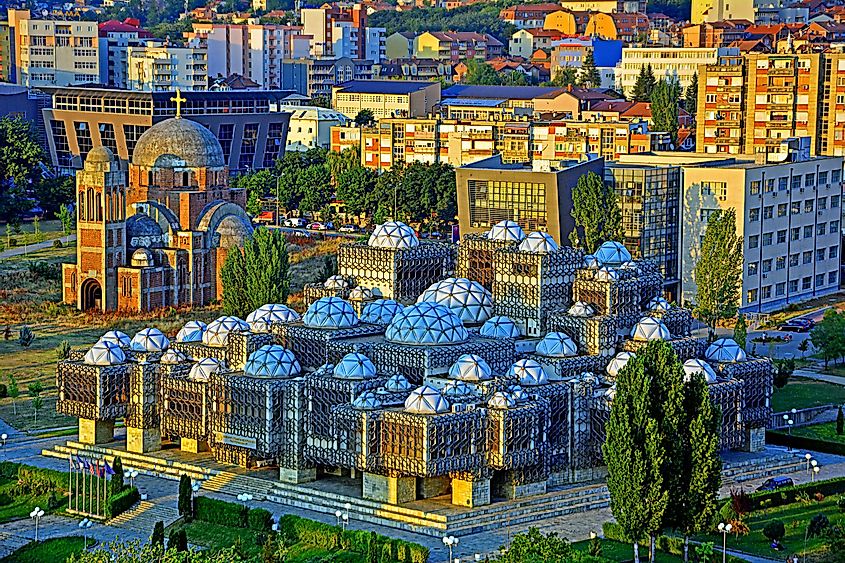
The first direct talks of sovereignty since 1999 began between ethnic Serbian and Kosovo leaders in 2006. When it declared independence from Serbia in 2008, Kosovo agreed to embrace multi-ethnicity and to welcome a period of international supervision. Serbia claimed the declaration of independence was illegal, but European powers and the United States, among with several other global powers like Canada and Japan, recognized the independent state of Kosovo. Currently, Serbia does not recognize Kosovo's independence, but relations between the two states are improving.
Serbia
Also one of the seven countries that arose from the division of the former Yugoslavia, Serbia became its own nation in 2006 when it split from Montenegro after years of struggling under a repressive Yugoslav government and undergoing its own economic reformation.
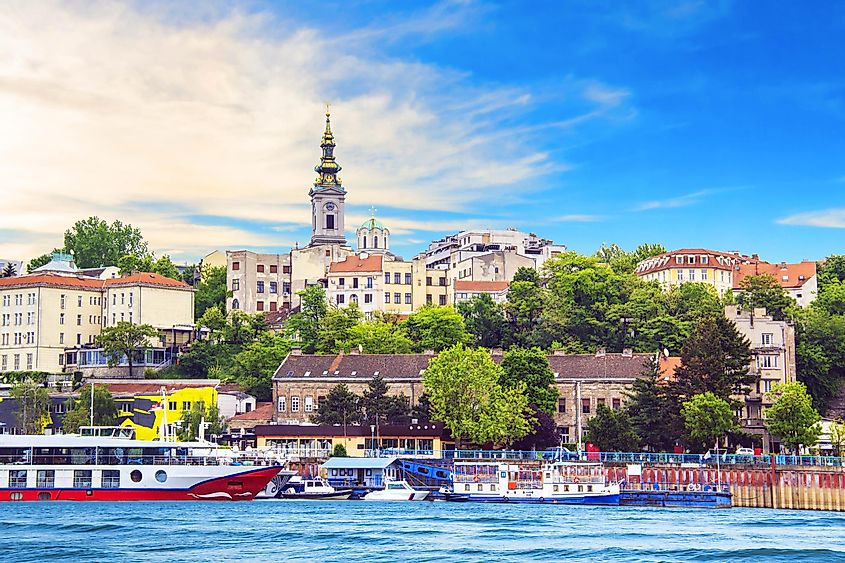
In the late 1990s, tensions flared in Kosovo and threatened the stability of Serbia's rehabilitation. The KLA began making sporadic attacks on Serbian police and other officials when it formed in 1996 and in 1998 this resulted in an armed uprising in Drenica. The Serbian military attempted to regain control over Kosovo and caused mass destruction of more than 500 villages, the deaths of more than 10,000 ethnic Albanian citizens of Kosovo, and the exodus of upwards of 200,000 refugees.
It was around this time Serbia's sister region, Montenegro, called for the independence of the two from Yugoslavia. By 2003, Serbia, Montenegro, and Yugoslavia had ratified a pact that would separate the three entities, and in 2006 Montenegro and Serbia ended their federation, splitting into two independent nations.
Montenegro
Montenegro shares much the same history as its former partner in the fight for independence, Serbia. Though much smaller, Montenegro led the charge to separate from Yugoslavia, forming a pro-independence governing coalition in 2001. After ratifying the pact for independence in 2006, Montenegro held a historical referendum and declared itself separated from Serbia on June 3 the same year.
Montenegro had initially joined forces with Serbia after the 1989 break-up of Yugoslavia to fight the secession of Slovenia and Croatia. In 1992, Montenegro and Serbia became a federal republic unto themselves, but their relations began to deteriorate when Montenegrins became frustrated with Serbia's greater access to power and its inability to achieve necessary economic reform. The two halves of the federation also disagreed over conduct in the Bosnian and Croatian wars, and political tempers flared through the late 1990s.
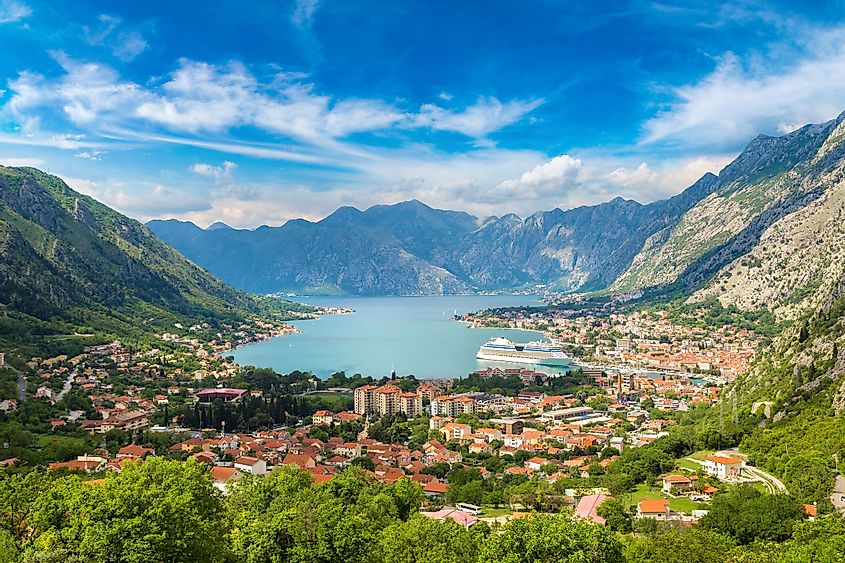
By 2002, Montenegro announced plans to hold a referendum on secession from the federation with Serbia, which resulted in Yugoslavia and Serbia negotiating an agreement that forced Montenegro's continued bind with Serbia, going so far as to rename the union Serbia and Montenegro in 2003, and allowed each republic the ability to hold a referendum on independence after three years.
In 2006 Montenegrins held its referendum on separation with 55.5% voting in favor, just hovering over the threshold of 55% necessary to call the vote.
Timor-Leste
Also known as East Timor, the southeast Asian country in the Lesser Sunda Islands is comprised of the eastern half the island of Timor, nearby islands Atauro (Kambing) and Jaco, and well as the enclave of Ambeno, after declaring its independence from Indonesia on May 20, 2002. It was the first new sovereign state to be created this century.
Once occupied by the Japanese in the Second World War, the East Timor province and Ambeno enclave remained in Portuguese possession afterwards until 1975 when a new political party, the Revolutionary Front for an Independent East Timor, took over and subsequently declared the region independent as the Democratic Republic of East Timor. Consequently, Indonesian forces invaded and occupied the region, claiming East Timor to be integral to the nation.
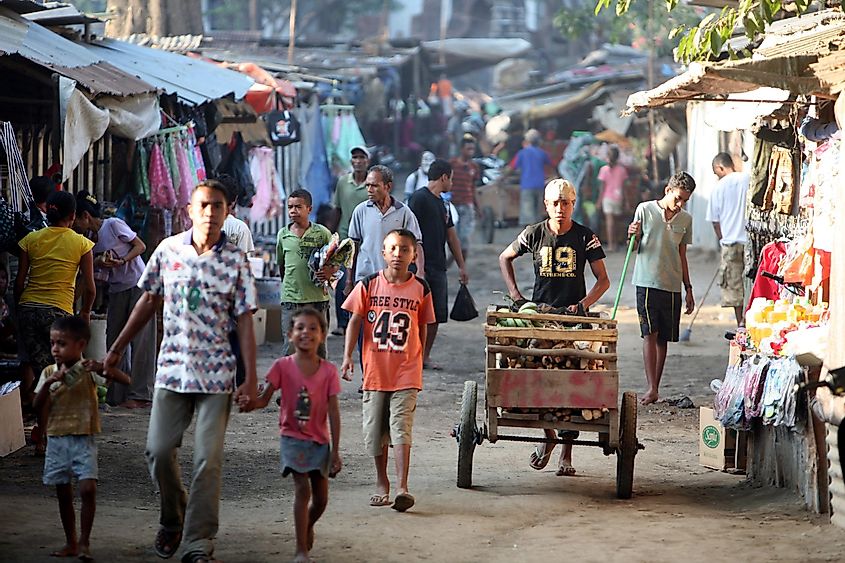
Over 20 years more than 150,000 people of East Timor perished, either from resistance against the Indonesian occupation or from famine and disease in a war-torn republic. Feeling international pressure, the Indonesian government granted East Timor a referendum in 1999 and almost four-fifths of voters supported separation. East Timor was granted its independence, with a caveat that it was non-self-governing under United Nations supervision.
In April 2002, East Timor achieved its full status as a sovereign state.







